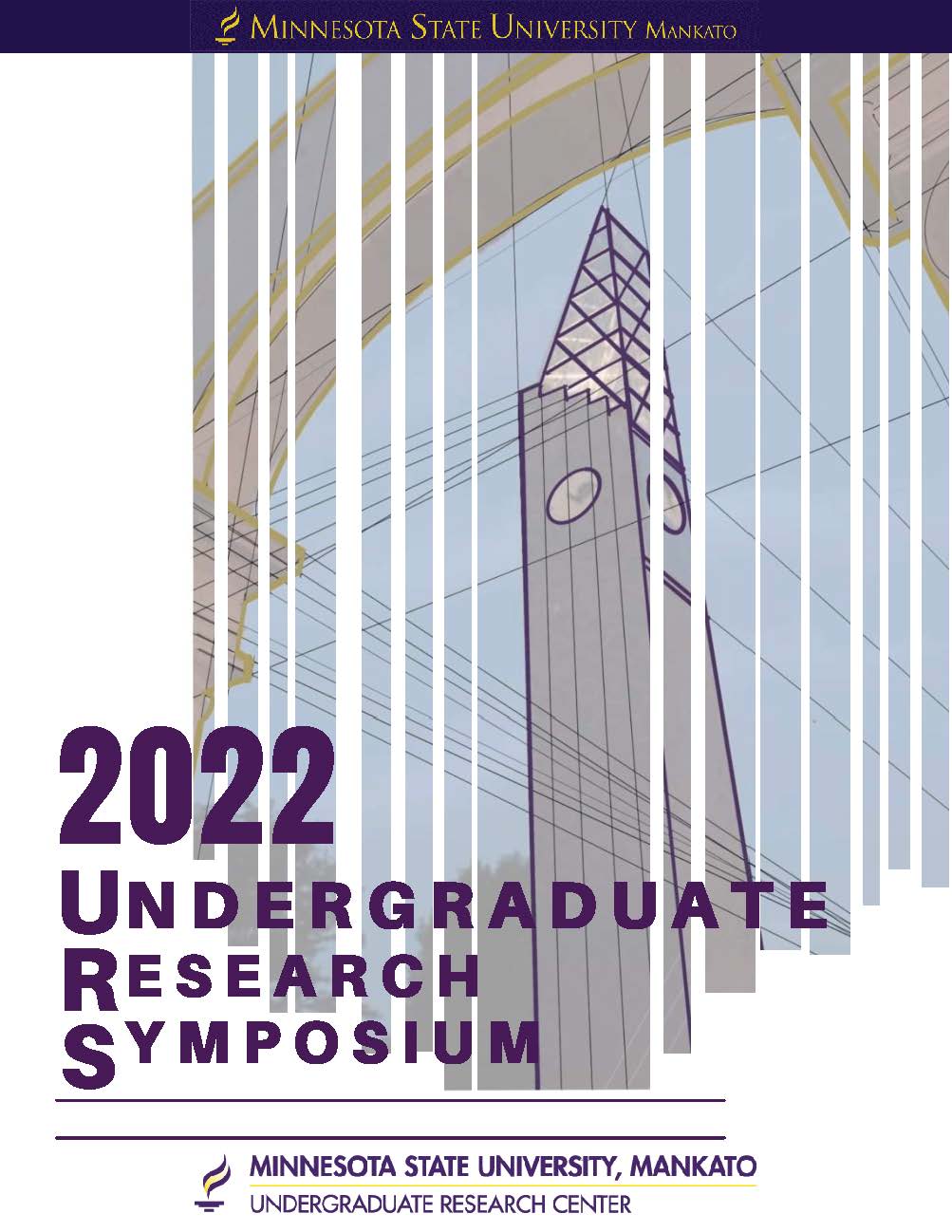Function and Expression of Class I Ribonucleotide Reductases in Flavobacterium johnsoniae
Location
CSU Ballroom
Start Date
12-4-2022 2:00 PM
End Date
12-4-2022 3:30 PM
Student's Major
Biological Sciences
Student's College
Science, Engineering and Technology
Mentor's Name
Yongtao Zhu
Mentor's Department
Biological Sciences
Mentor's College
Science, Engineering and Technology
Description
Ribonucleotide reductases (RNRs) are essential enzymes that convert ribonucleotides to 2’-deoxyribonucleotides. As both molecules are essential for cell survival, these enzymes and the genes that encode them are highly regulated. Bacterial RNRs have a variety of activation mechanisms that, in many pathogenic bacteria, differ from those used in human cells. This makes them an ideal target for antibiotic treatments. RNRs are divided into three distinct classes (I, II, & III), with class I having five subclasses (a-e). Many organisms have more than one class of RNR and new RNRs are still being discovered. Class Id, a novel RNR subclass, was shown to have an activation mechanism unlike previously studied class I RNRs. This enzyme has been shown in vitro to scavenge manganese and superoxide from the environment to become activated. To create an effective RNR targeting antibiotic, it needs to be understood how these enzymes function in vivo. Flavobacterium johnsoniae, the model organism for this study, has genes for both a class Ia and a class Id RNR. F. johnsoniae is a well-studied organism and there are many genetic techniques developed to manipulate it. F. johnsoniae is also the organism in which the first class Id RNR was discovered. Our preliminary data shows both the Ia and Id RNRs are functional. Preliminary gene expression analysis has also shown that both genes are expressed in the wild-type strain. We have generated 24 mutants lacking genes encoding the class I RNRs as well as manganese transporters, superoxide dismutases, and catalases. Growth analysis results for these mutants will reveal if endogenous changes of the manganese, superoxide, or hydrogen peroxide levels can affect the activation of the Id RNR in vivo. This research could provide the basis for the development of future antibiotic drugs that target these essential enzymes in pathogenic bacteria.
Function and Expression of Class I Ribonucleotide Reductases in Flavobacterium johnsoniae
CSU Ballroom
Ribonucleotide reductases (RNRs) are essential enzymes that convert ribonucleotides to 2’-deoxyribonucleotides. As both molecules are essential for cell survival, these enzymes and the genes that encode them are highly regulated. Bacterial RNRs have a variety of activation mechanisms that, in many pathogenic bacteria, differ from those used in human cells. This makes them an ideal target for antibiotic treatments. RNRs are divided into three distinct classes (I, II, & III), with class I having five subclasses (a-e). Many organisms have more than one class of RNR and new RNRs are still being discovered. Class Id, a novel RNR subclass, was shown to have an activation mechanism unlike previously studied class I RNRs. This enzyme has been shown in vitro to scavenge manganese and superoxide from the environment to become activated. To create an effective RNR targeting antibiotic, it needs to be understood how these enzymes function in vivo. Flavobacterium johnsoniae, the model organism for this study, has genes for both a class Ia and a class Id RNR. F. johnsoniae is a well-studied organism and there are many genetic techniques developed to manipulate it. F. johnsoniae is also the organism in which the first class Id RNR was discovered. Our preliminary data shows both the Ia and Id RNRs are functional. Preliminary gene expression analysis has also shown that both genes are expressed in the wild-type strain. We have generated 24 mutants lacking genes encoding the class I RNRs as well as manganese transporters, superoxide dismutases, and catalases. Growth analysis results for these mutants will reveal if endogenous changes of the manganese, superoxide, or hydrogen peroxide levels can affect the activation of the Id RNR in vivo. This research could provide the basis for the development of future antibiotic drugs that target these essential enzymes in pathogenic bacteria.
Recommended Citation
Doheny, Hunter. "Function and Expression of Class I Ribonucleotide Reductases in Flavobacterium johnsoniae." Undergraduate Research Symposium, Mankato, MN, April 12, 2022.
https://cornerstone.lib.mnsu.edu/urs/2022/poster-session-02/16



